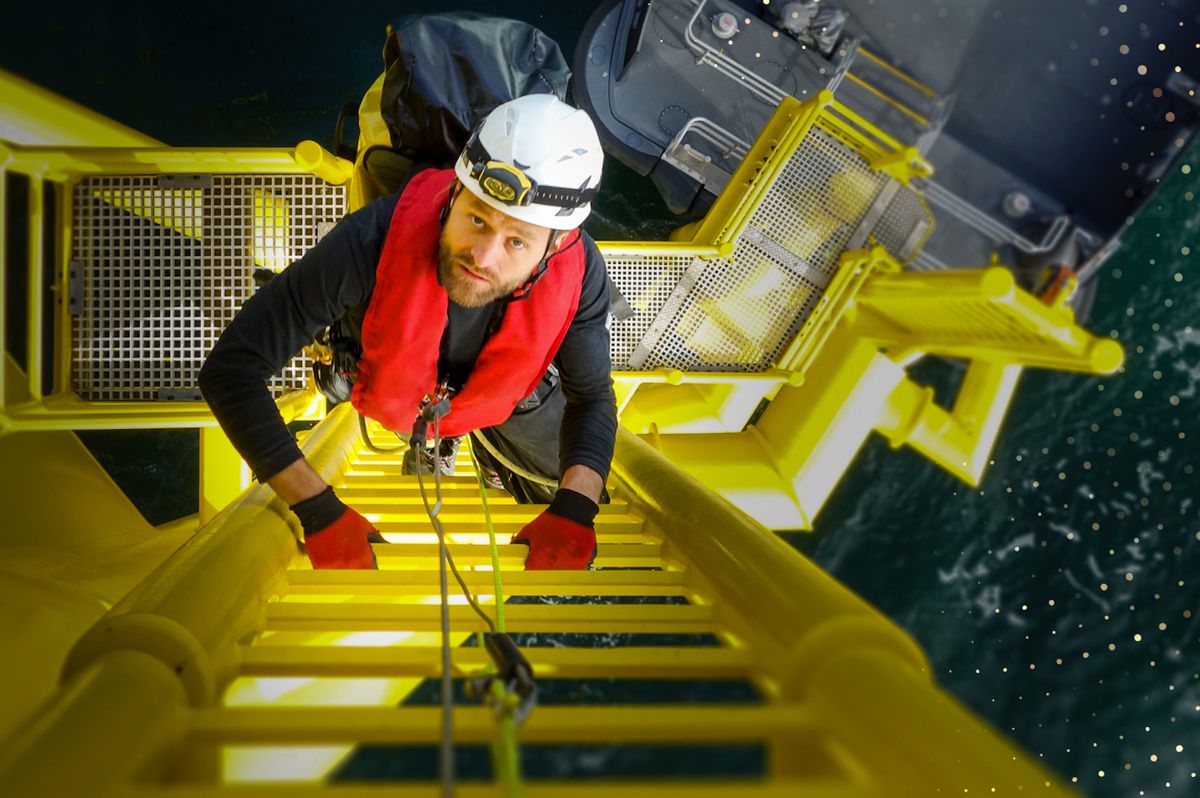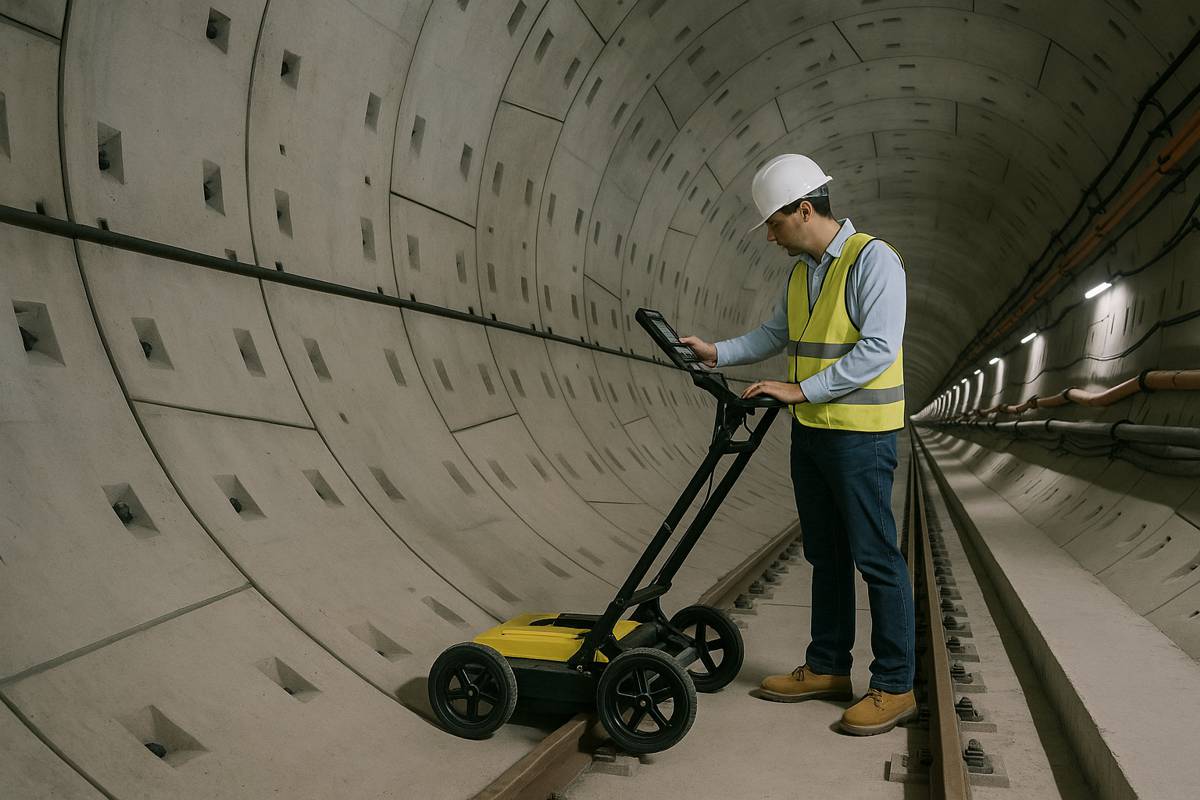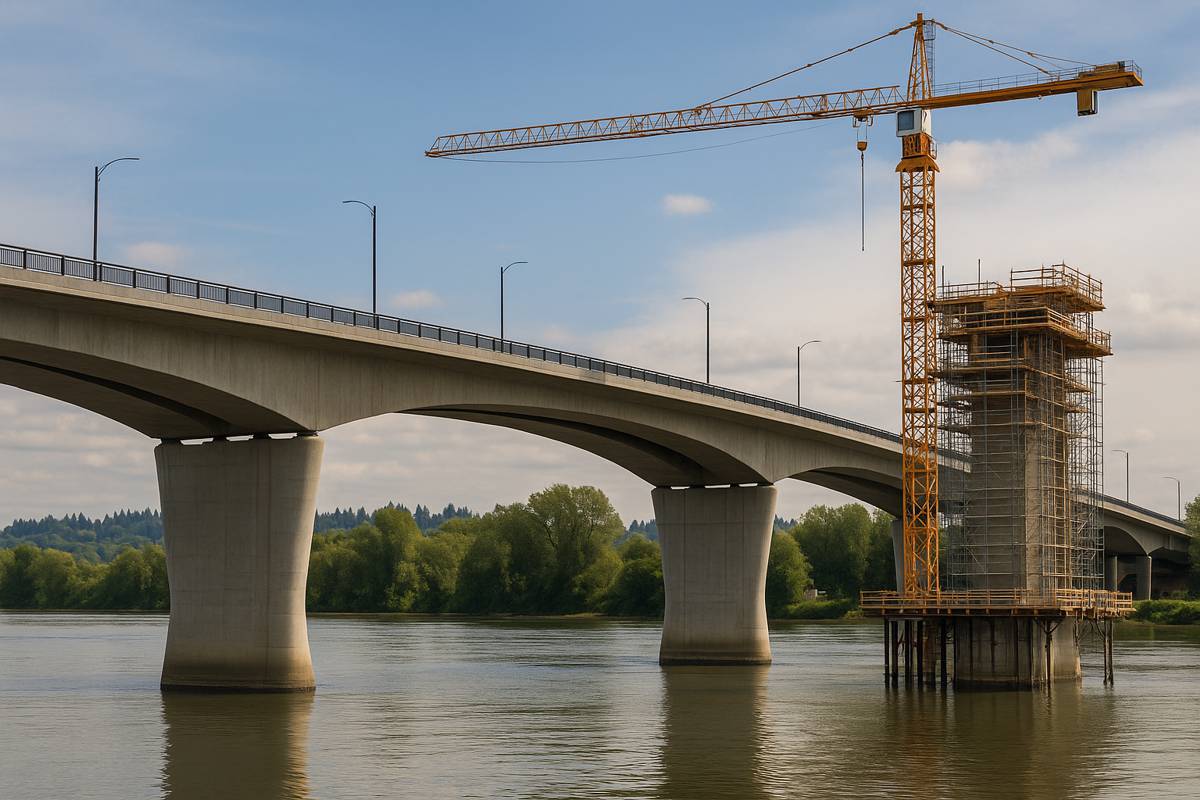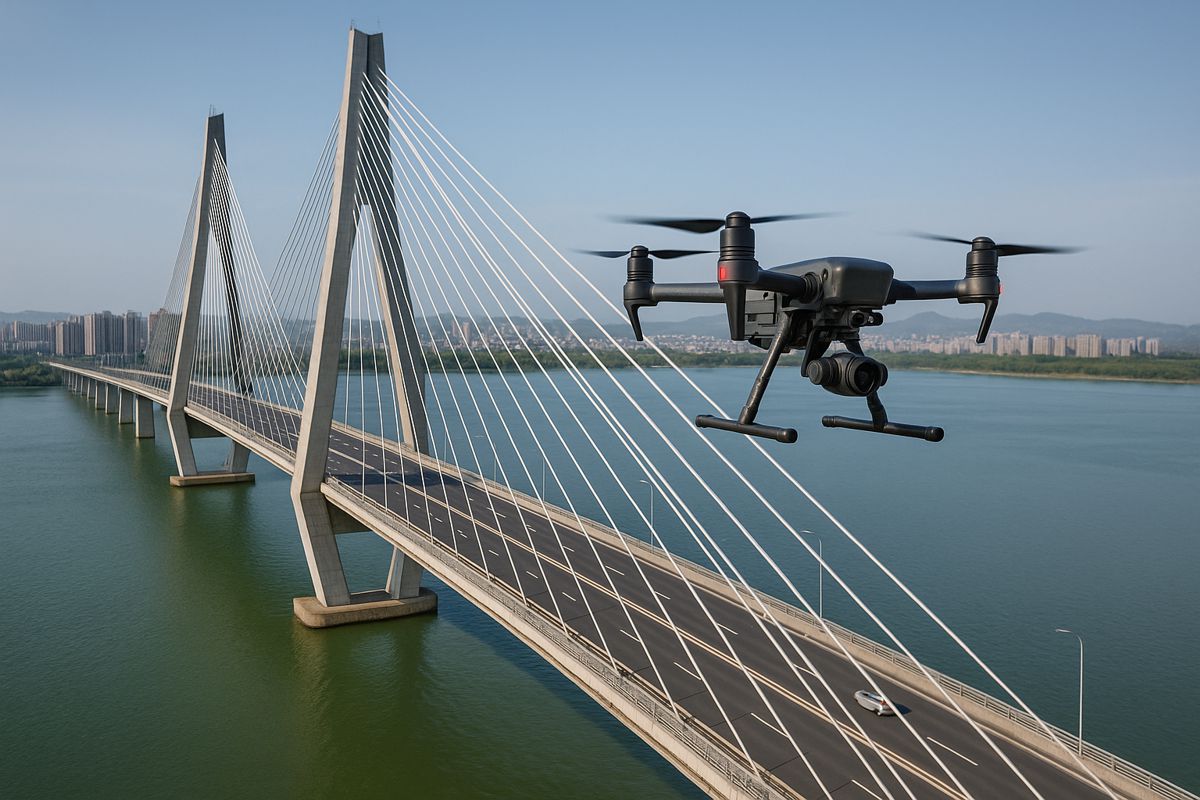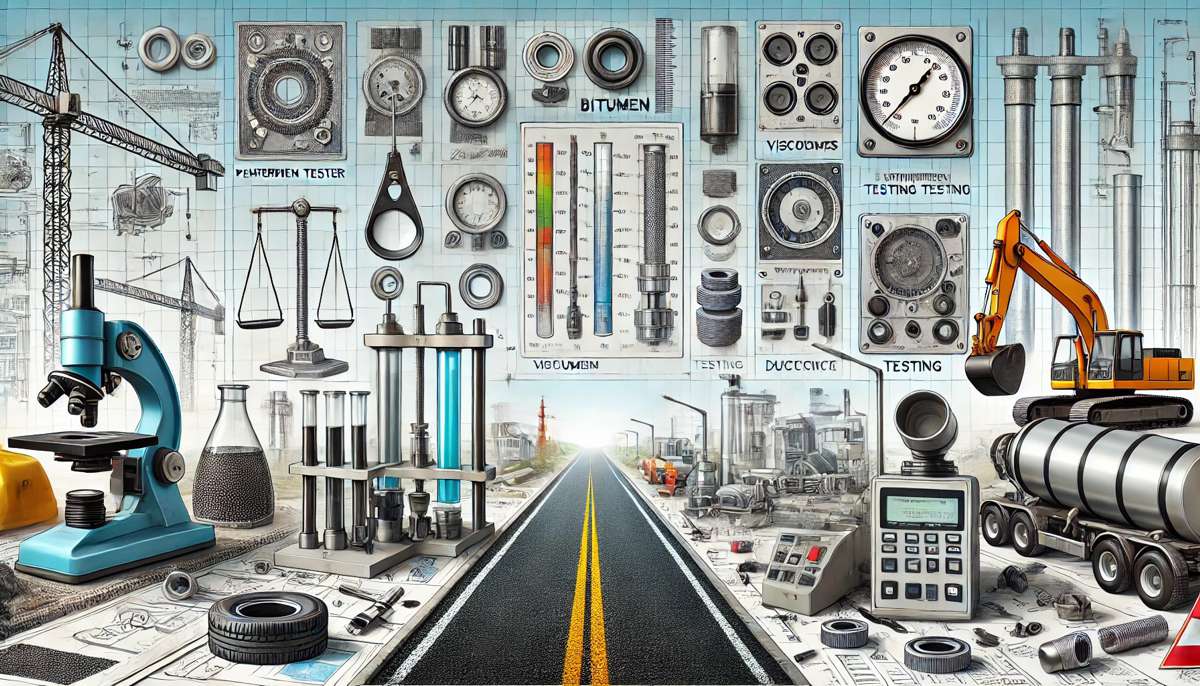Defining Electrical Safety in the Workplace
Anyone who works with electrical or electromechanical equipment knows that safety is important. But defining specifically how to achieve a safe work environment requires a broader perspective.
There are all kinds of rules and standards governing best practices in the workplace that professionals must learn and follow. And there are standards for the tools used by those professionals to do their job. But when it comes right down to it, where does the buck stop when it comes to safety?
According to participants of Fluke’s fourth annual safety survey, workplace safety is everyone’s responsibility. The survey received responses from a range of industries and job titles including electricians, engineers, technicians, mechanics, research scientists, safety instructors, and beyond.
Workplace safety is everyone’s responsibility
When it comes to workplace safety, everyone plays an important role. Said one survey respondent: “It’s everyone’s job to keep each other safe. If another employee is being unsafe, call them out on it. I fully expect all employees to watch out for each other and keep each other safe.”
While the opinions of how well companies are achieving that goal tended to be less positive, there seemed to be a consensus among survey respondents regarding who is most responsible for workplace safety (individual workers) and least responsible (human resources):
- Individual Workers: A vast majority of survey respondents (79 percent) agreed that individual employees carry the most responsibility for their own safety in the workplace. No matter how many safety policies are established, or how much PPE is provided, if workers don’t follow those safety procedures and wear the proper PPE, the policies are of no use.
- Supervisors: Survey respondents chose supervisors, second only to individual workers, as those most responsible for safety. Supervisors bear the day-to-day responsibility for maintaining the wellbeing and productivity of their employees. Part of that responsibility is to make employees aware of the training required to do their jobs and to make sure they take the training and safety measures seriously. Above all, supervisors must create an environment where employees feel comfortable reporting unsafe workplace conditions without fear of reprisal.
- Company Leadership: In a break from previous years’ survey results, the 2023 respondents put company leadership as the third most responsible party when it comes to workplace safety. The sentiment points to a need for less pressure to complete jobs quickly and a need for more training to come from company leadership.
- Safety Manager: Safety managers are responsible for the big picture on safety. They create policies to eliminate workplace hazards and they train employees to make sure those policies and procedures are followed. Many respondents disagreed with the statement that most companies provide adequate electrical safety training. In fact, only 30 percent strongly agreed or agreed that companies are providing enough or the right safety training. One respondent noted that “most companies talk safety but are unwilling to pay for the training or pull guys out of the field for the training because it affects profits and job progress.”
- Human Resources: HR was regarded as having the least day-to-day responsibility for worker safety in the 2023 Fluke Safety Survey. However, HR is not free of all safety responsibilities in a workplace. The team plays a role in helping to create a culture of safety. From setting hiring policies, to exercising due diligence at each step in the hiring process to verify applicant qualifications, HR plays holds a responsibility in creating an environment conducive to workplace safety.
